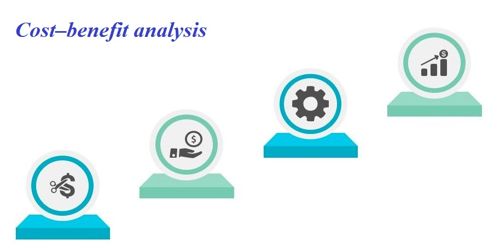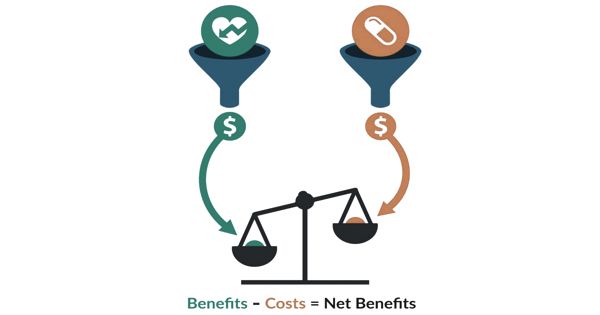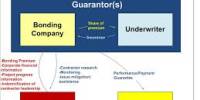A cost-benefit analysis (CBA) is a process businesses use to analyze decisions. It is a process by which organizations can analyze decisions, systems or projects, or determine a value for intangibles. It is sometimes also called benefit-cost analysis is a systematic approach to estimating the strengths and weaknesses of alternatives used to determine options that provide the best approach to achieving benefits while preserving savings (for example, in transactions, activities, and functional business requirements). The business or analyst sums the benefits of a situation or action and then subtracts the costs associated with taking that action.
Cost-benefit analysis is the foundation of the decision-making process across a wide variety of disciplines. It is a methodology used by companies to estimate the likely costs and benefits of potential projects.
A CBA may be used to compare completed or potential courses of actions, or to estimate (or evaluate) the value against the cost of a decision, project, or policy. The model is built by identifying the benefits of action as well as the associated costs and subtracting the costs from benefits. It is commonly used in commercial transactions, business or policy decisions (particularly public policy), and project investments. Organizations rely on cost-benefit analysis to support decision making because it provides an agnostic, evidence-based view of the issue being evaluated—without the influences of opinion, politics, or bias.

CBA has two main applications:
- To determine if an investment (or decision) is sound, ascertaining if – and by how much – its benefits outweigh its costs.
- To provide a basis for comparing investments (or decisions), comparing the total expected cost of each option with its total expected benefits.
Cost-benefit analysis gives you options, and it offers the best approach to achieve your goal while saving on investment. It can be explained as a procedure for estimating all costs involved and possible profits to be derived from a business opportunity or proposal. The objective is to ascertain the soundness of any investment opportunity and provide a basis for making comparisons with other such proposals.
CBA is related to cost-effectiveness analysis. The cost-benefit Analysis evaluation method is thus used to identify the effective options available by the company and make the best choices out of them, which should prove both advantageous and costs saver to the company. Benefits and costs in CBA are expressed in monetary terms and are adjusted for the time value of money; all flows of benefits and costs over time are expressed on a common basis in terms of their net present value, regardless of whether they are incurred at different times. It helps companies to analyze alternative benefits that could have been realized when choosing one alternative over another.
Information Source:















